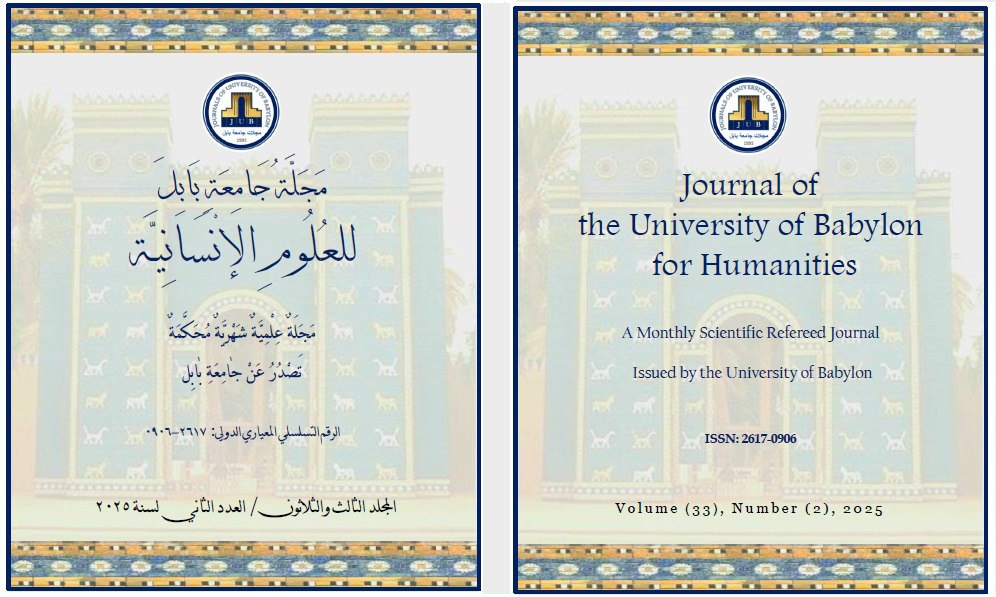Mind Effectualness and its Functioning in the European Renaissance Drawings
Main Article Content
Abstract
The current research deals with the study of the mind effectualness and its functioning in the European Renaissance drawings as rationality is not only a cognitive trend، but it is an effective driver for all intellectual and social activities، as it affects the system، principles and laws، and any transformation in it changes the comprehensive system of each era، including the arts and their methods.
The research consists of four sections، the first of which introduces the research problem، its importance، need for it، the aim and limits and finally the definitions of relevant terms. The second section includes the theoretical framework that encompasses two topics: mind effectualness in the philosophical aspect and the Renaissance art، its foundations and starting point. While the third section contains the research procedures which deals with the research sample comprising 60 works from which 3 models are analysed. The fourth section presents the results، conclusions، recommendations and recommendations. Some of the results are:
1- Mind effectualness seems to benefit from the philosophical concepts and their reflections on the plastic aspect، as art opened up to cognitive powers such as imagination and intuition، which have given art diversity in styles، techniques and ways of expressing the era and its aesthetic taste that changes according to that era. As is clear from the analysis of the research samples.
2- The rationality of the Renaissance found its model in life and human nature within the framework of sensual and worldly persuasion، so art was the broad field for achieving this purpose، and adopting the ideal model based on the golden ratios and showing the beauty of the figurative form and rational performance that helps in regulating the details and controlling its parts.
Article Details

This work is licensed under a Creative Commons Attribution 4.0 International License.

